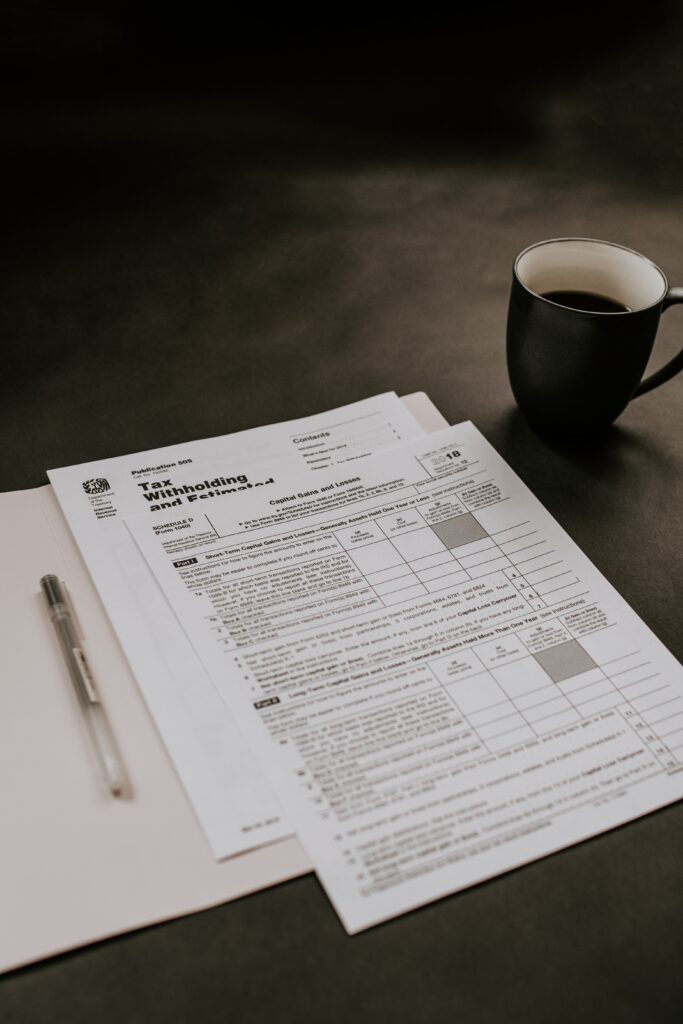By J.P. Dahdah, Vantage Founder & CEO
A well-funded retirement is the ultimate goal for many investors. But with the ever-changing financial landscape, it’s essential to adapt and make smart decisions to secure your financial future. One important decision is whether to convert your Traditional Self-Directed IRA to a Roth Self-Directed IRA. This conversion can offer significant tax advantages and greater flexibility, ultimately enhancing your retirement savings strategy.
In this article, we’ll explore six compelling reasons why you should consider converting your Traditional Self-Directed IRA to a Roth Self-Directed IRA.
- Tax-Free Growth and Withdrawals
Converting your Traditional Self-Directed IRA to a Roth Self-Directed IRA allows you to take advantage of tax-free growth and withdrawals. While Traditional IRA withdrawals are taxed as ordinary income during retirement, qualified Roth IRA withdrawals are entirely tax-free. This tax-free feature can significantly improve your retirement income and help you preserve more of your hard-earned wealth.
- No Required Minimum Distributions (RMDs)
Another advantage of converting to a Roth Self-Directed IRA is the elimination of Required Minimum Distributions (RMDs). Traditional IRAs mandate RMDs once you reach age 73, potentially forcing you to withdraw more than you need and pushing you into a higher tax bracket. With a Roth IRA there are no RMDs, giving you the freedom to decide when and how much to withdraw. This allows your investments to grow tax-free for a longer period of time.
- Tax Diversification
Converting your Self-Directed Traditional IRA to a Self-Directed Roth IRA provides an opportunity for tax diversification during retirement. By strategically withdrawing from both Traditional and Roth IRAs, you can effectively manage your tax exposure, minimize taxes, and maximize your retirement income.
- Potentially Lower Taxes in the Long Run
If you expect to be in a higher tax bracket during retirement, or anticipate tax rates to rise in the future, converting to a Roth IRA can be a savvy move. By paying taxes on your conversion now, you can lock in your current tax rate and enjoy tax-free growth and withdrawals later. This strategy can potentially save you a significant amount in taxes over the long run. Many tax experts believe that U.S. tax rates will continue to increase in the future, regardless of what political party is in control, so executing a Self-Directed Roth IRA conversion strategy now could be very timely and financially advantageous during your golden years.
- Estate Planning Advantages
Converting your Traditional IRA to a Roth IRA can have substantial estate planning benefits. Since Roth IRAs don’t have RMDs, your investments can continue to grow tax-free throughout your lifetime. Additionally, your beneficiaries can inherit your Roth IRA and enjoy tax-free withdrawals, making it a valuable legacy to pass on to future generations.
- Continued Contributions
Traditional IRAs prohibit contributions once you reach age 73, even if you’re still working. In contrast, Roth IRAs have no age restrictions on contributions, as long as you have earned income. Converting to a Roth Self-Directed IRA allows you to keep contributing to your retirement savings, further enhancing your wealth-building potential.
Converting your Traditional Self-Directed IRA to a Roth Self-Directed IRA can be a game-changer in securing a financially stable retirement. By taking advantage of tax-free growth, elimination of RMDs, and enhanced estate planning benefits, you can create a flexible and tax-efficient retirement strategy. Consult with a financial advisor to determine if converting your Traditional Self-Directed IRA to a Roth Self-Directed IRA is the right financial move for you and unlock the full potential of your retirement savings.
And if you have questions about Roth Self-Directed IRAs, give us a call at (480) 306-8404. One of our IRA Specialists will be happy to help.
Happy Investing!